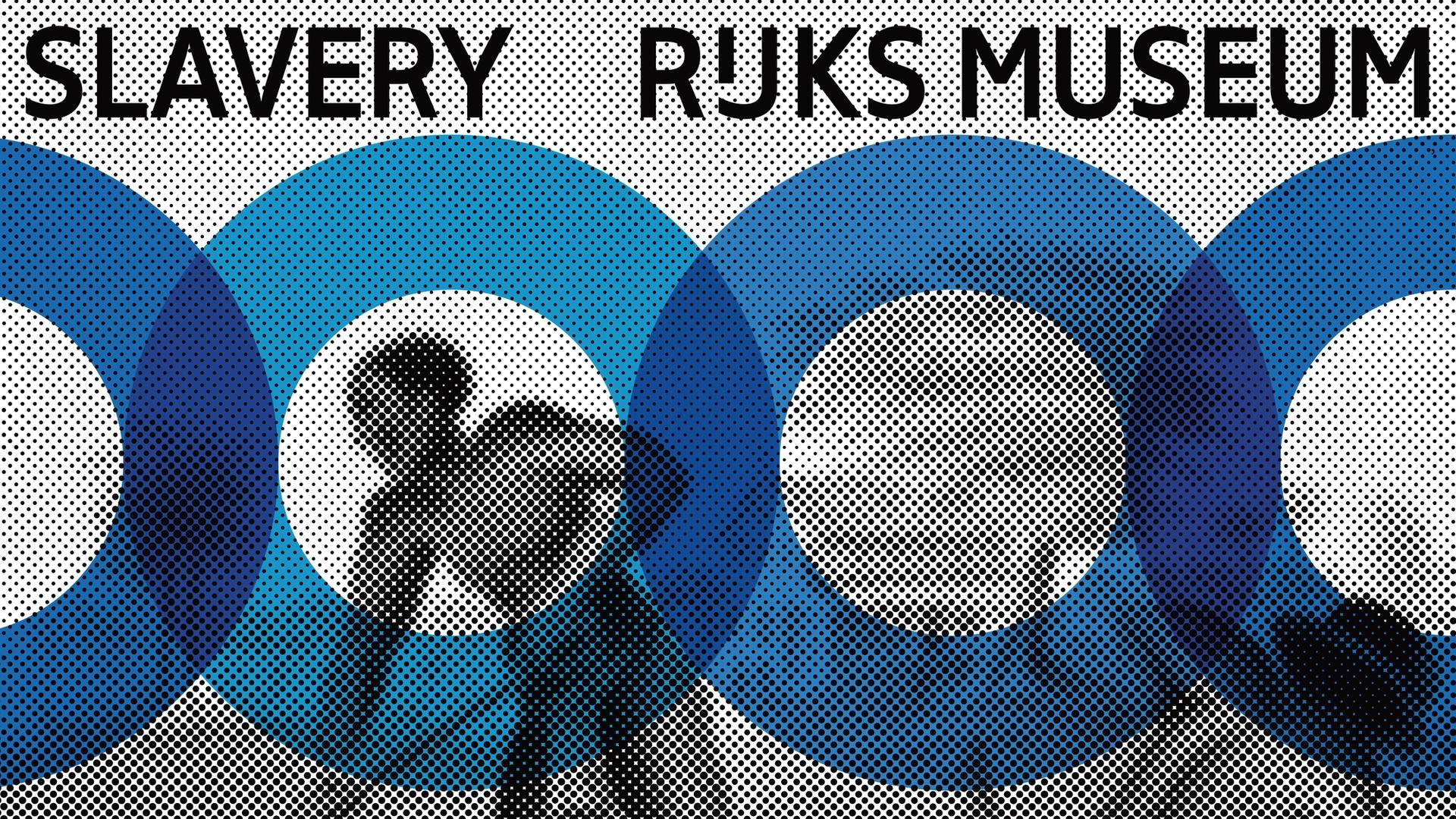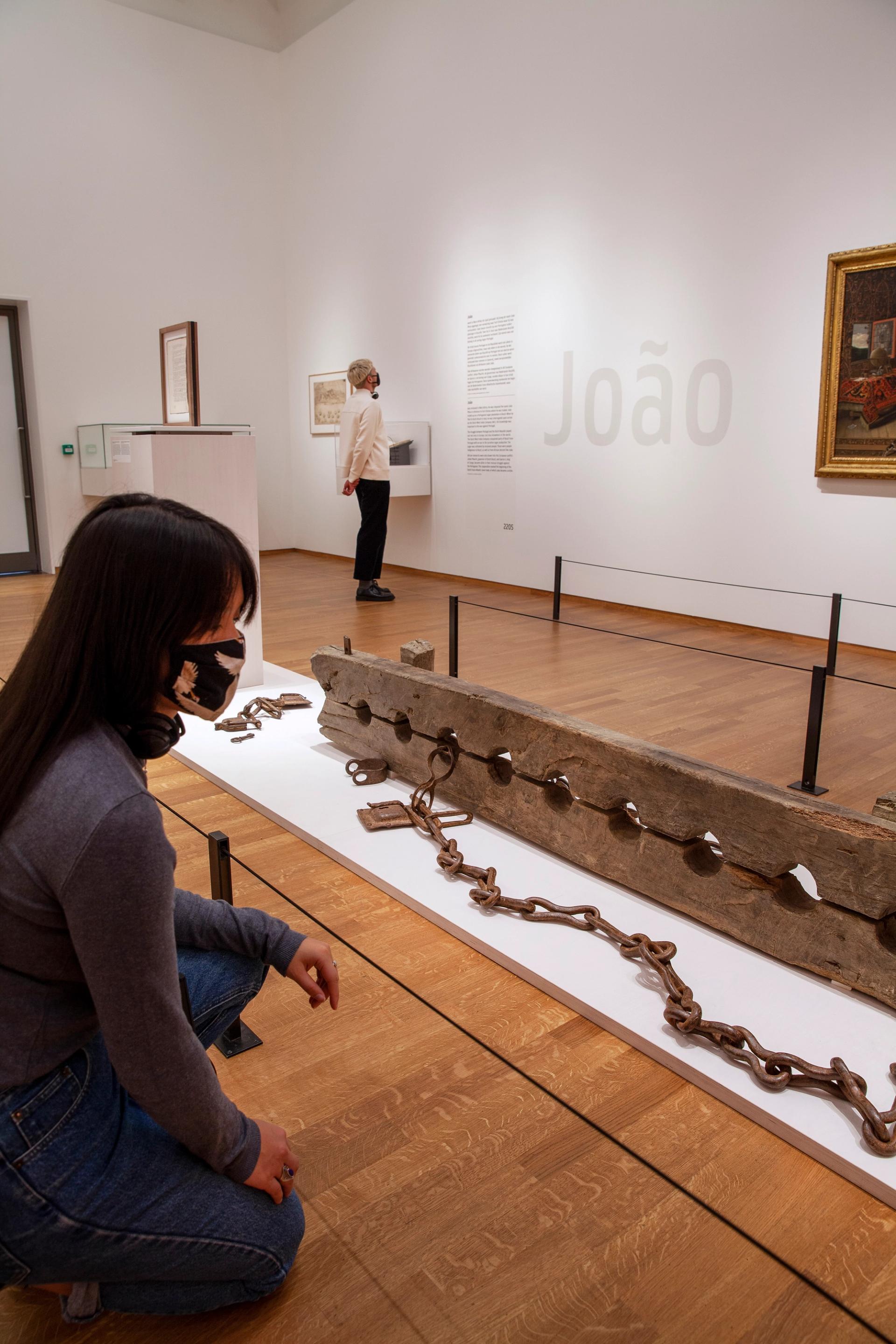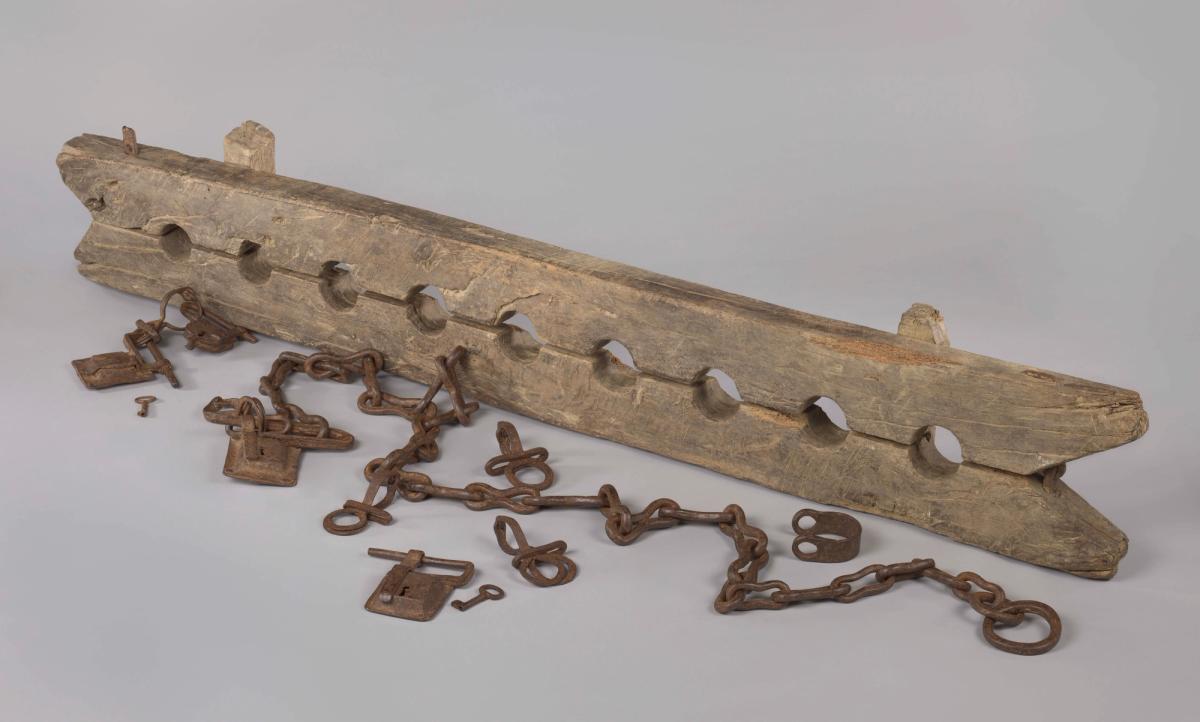A new version of the exhibition Slavery held at the Rijksmuseum, Amsterdam in 2021, will go on show at the United Nations (UN) headquarters in New York later this month. The UN show, entitled Slavery. Ten True Stories of Dutch Colonial Slavery, can be seen in the visitors’ lobby from 27 February to 30 March.
Crucially, “the exhibition will form the starting point of a conversation on museums, societies, the colonial past and ways forward. This conversation takes place in a programme on March 29 and 30, and includes speakers from the USA, the Caribbean, and Europe,” according to a project statement.

Art work for the Slavery Exhibition, Rijksmuseum, Amsterdam. Based on Anonymous, Enslaved men digging trenches, (around 1850)
Design by Irma Boom
The show is hosted by the UN as part of the United Nations outreach programme on the Transatlantic Slave Trade and Slavery which was established in 2007; exhibition supporters include the Dutch diplomatic mission in the United States and the philanthropic International Circle of the Rijksmuseum Fund.
The exhibition explores ten stories centred on wooden foot stocks known as a “tronco” (Portuguese for tree trunk) which were used to constrain enslaved people. “The foot stocks symbolise the more than one million people who were shipped in from around the world and forced to work, whether on plantations, as craftspeople, in mines, in transportation or on military expeditions,” the statement adds.
The UN show is timely; last December, the Dutch Prime Minister, Mark Rutte, apologised for the “past actions of the Dutch State: to enslaved people in the past, everywhere in the world, who suffered as a consequence of those actions, as well as to their daughters and sons, and to all their descendants, up to the present day”.
The Dutch government subsequently proposed establishing an independent commemoration committee, which will be tasked with ensuring a “large-scale, dignified commemoration of the history of slavery” on 1 July.

Anonymous, Foot stocks (1600–1800) Rijksmuseum, gift from Mr J.W. de Keijzer, Gouda
Courtesy of the Rijksmuseum
Taco Dibbits, general director of the Rijksmuseum, told us previously that “slavery is an essential part of the colonial history of the Netherlands, a history that concerns every Dutch person—and the Rijksmuseum. The slave trade and slavery are so densely interwoven with the social and economic history of the Netherlands that they continue to influence society in our country, as well as that of our former colonies and parts of our kingdom overseas.”
In an exhibition review, we reported that the show, four years in the making, was developed via a consultative process that sought input from descendant communities as well as scholars and activists across the globe; drawing on sources other than colonial archives and collections. The show can still be viewed online.
The review added that “by sidestepping self-reflection on the Rijksmuseum as an imperial institution, Slavery has not fully apprehended the stakes of current contestations, missing a vital opportunity to amplify contemporary voices of resistance, and thereby reimagine the role museums could play in fashioning an equitable future.”
In an interview with The Week in Art, Valika Smeulders, head of history at the Rijksmuseum and one of the four curators of the exhibition, focused on several works in the show and discussed the people—from enslaved men and women to wealthy Amsterdam denizens who benefitted from slavery—who featured in the exhibition.


